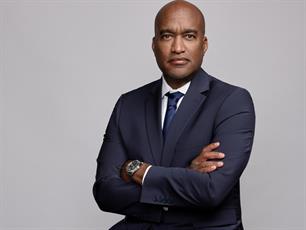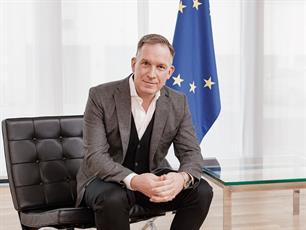PRovoke Media 01 Jul 2023 // 3:20AM GMT
.png)
In this episode of the Cannes Series, Arun Sudhaman talks beachside with BCW's UK CEO and Global Chief Brand Officer, Rebecca Grant along with her BCW Movatory colleagues, Managing Director Eleanor Wilcox and Global CSO Lisa Story. They discuss how values can help companies to navigate a complex world and share insights from BCW's analysis of human values.
“When you're in this environment that we're all in of ever-increasing change volatility —you know, post pandemic world, tech disruption, social movements— what clients are looking for is how, how can you navigate the change?” says Grant. “How can you be authentic? How do you know when to engage? These are all questions that we answer through the lens of speaking to people's values because they are what we're calling a persistent truth: Your values once formed in adolescence might gently shift, but they are ultimately constant.”
For brands, conceptualizing those values is one thing, but acting upon them can pose a roadblock to building great campaigns. To better understand what moves people and the impact of aligning with those values, the Movatory team set out on an 18-month analysis of human values across 30 markets, with 36,000 respondents and 30+ million data points.
“It’s worth saying we proved our hypothesis: We believe that BCW can help our clients move people. And we believe that values is a means to do this. And part of what we wanted to do in the research is show this to be true. We proved this, but we also found that the values you think might drive behaviors aren't the ones that you'd expect,” says Wilcox.
To get to the crux of moving people, the team had to first organize their population set according to values. To do this, they worked with academic partners, Julie Anne Lee and Hester van Herk, both of whom are leaders in the field of values research and cross-cultural marketing, to embark on the enormous task.
“So, we found that from a values perspective, we took an archetypal analysis approach, not segmentation, that we all belong to one of seven archetypes depending on the dominant values that we each have,” says Wilcox. “And what we've been able to do is understand each of those archetypes, how they're driving their interests generally in life, their concerns, the degree to which they feel that their governments are aligned with their own values, their government policies, [or] brands that are meeting their expectations.”
These archetypes provide framework for understanding the relationship between values and classic demographics, particularly around geography, generations, and gaps. More importantly, they differ from segments in that archetypes provide fixed points of difference. Where archetypes are stable, with rigor and integrity, segmentation shifts with points like attitudes or ages, making the data less relevant as it ages. Over time, researchers can continue to build their understanding around archetypes as it allows them to add to that fixed point, which gives the data longevity.
“I think it's worth saying as a kind of a note of comfort to everyone, there is no such thing as a good or a bad value. So people often bring preconceptions or prejudices to it, but they're all equally kind of good or bad, so in the same way, all the archetypes, there are no good or bad archetypes,” says Story. “But what you might find is that you'll find particular numbers of archetypes kind of within one place, as you said, success seekers in Cannes.”
The PRovoke Media Podcast is produced by Markettiers.
Subscribe via: iTunes | Feed | Spotify



































.jpg)

















